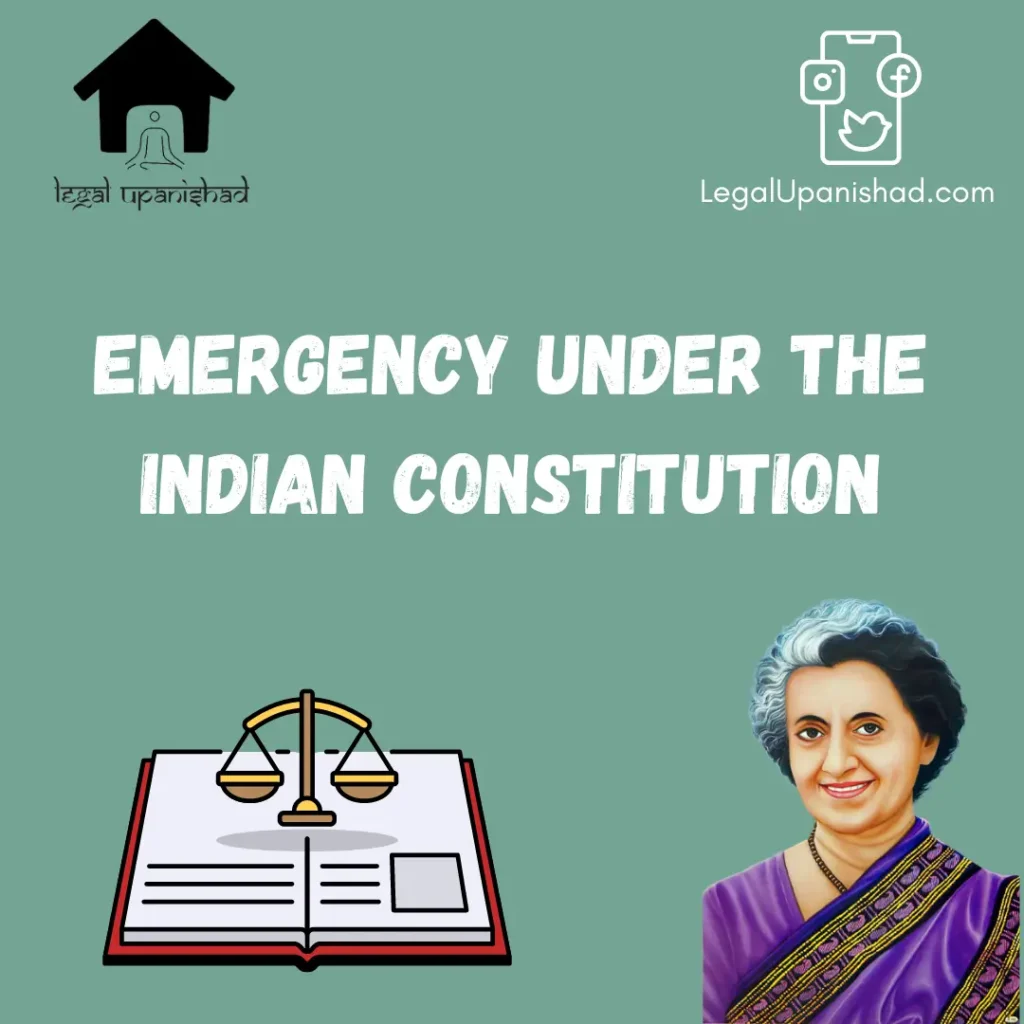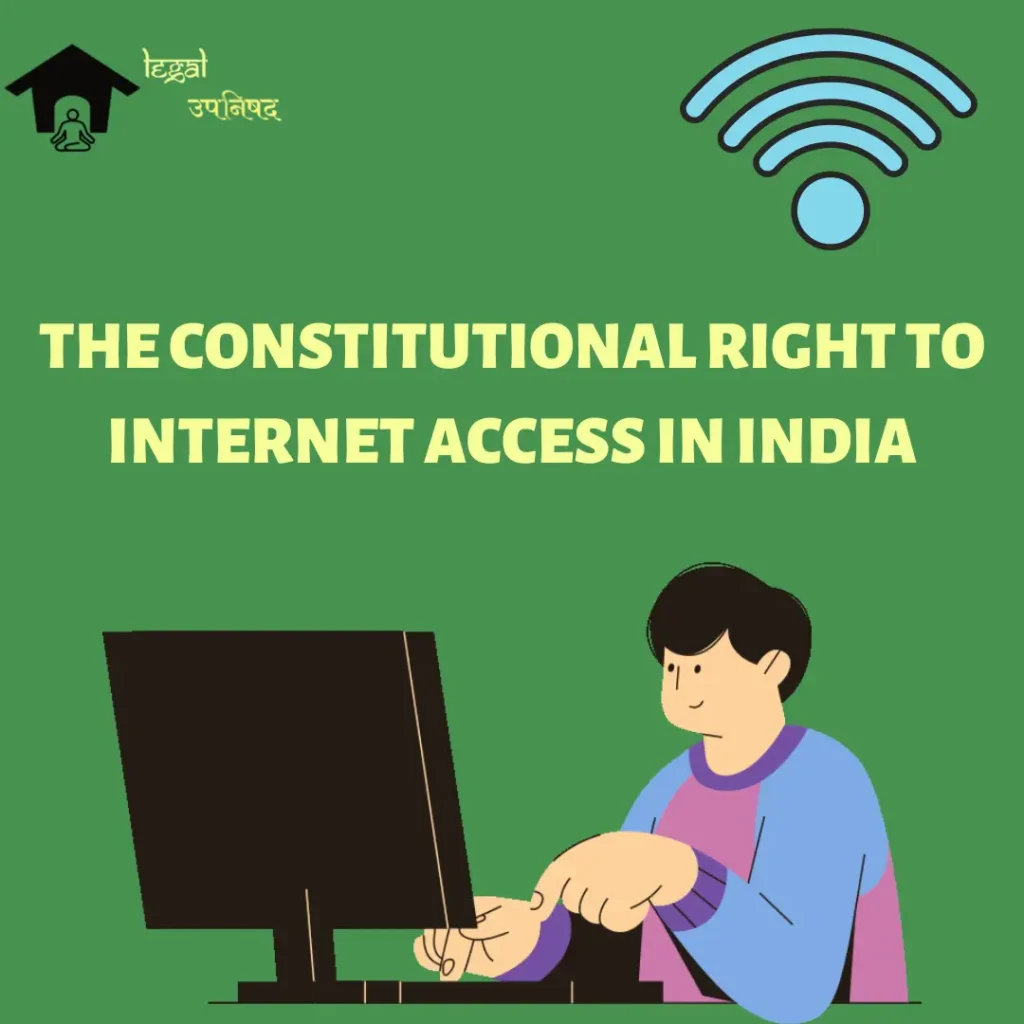Right to Protest under the Indian Constitution
The right to protest is a fundamental right protected under the Indian Constitution. This article delves into the nuances of this right and its limitations, while exploring its significance in a democratic society.










